This is a female sea otter I photographed in Monterey Bay. When I first saw her through my lens, she was behaving normally, catching and eating crabs and mollusks.
[Although females are sometimes identifiable by wounds on their noses — a common mating injury — I didn’t know this otter was female at the time. That ID came later.]
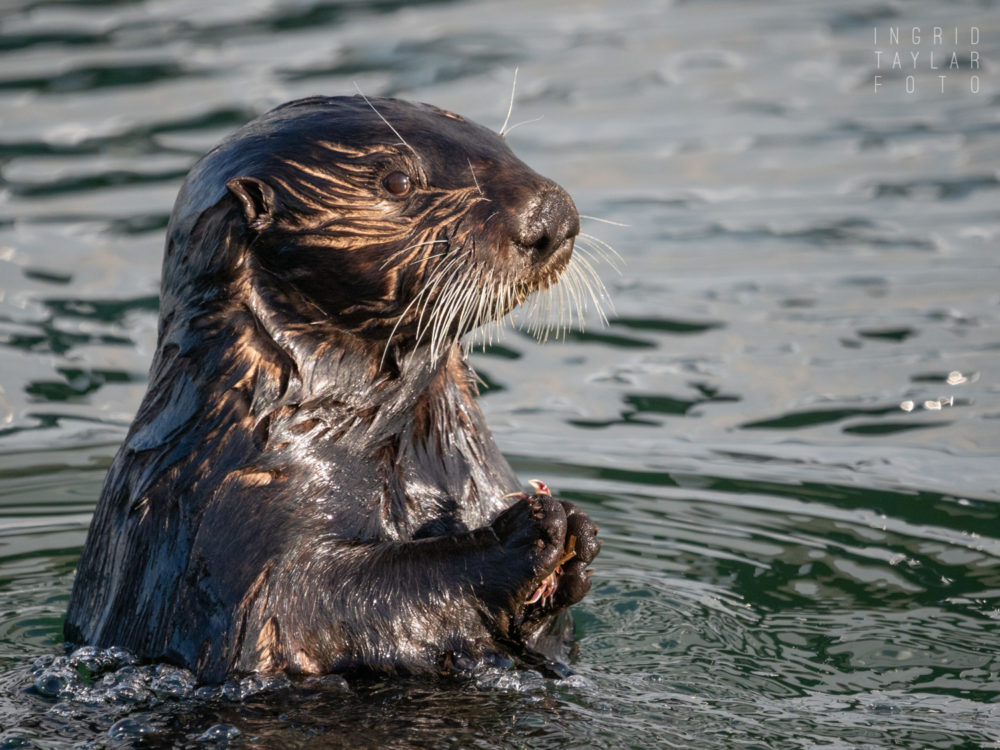
As she did her characteristic, sea otter rolls in the water, though, I noticed something strange. It was a thick, pink stripe wrapped around her body. At first, through my viewfinder, it looked like some type of large, elastic band.
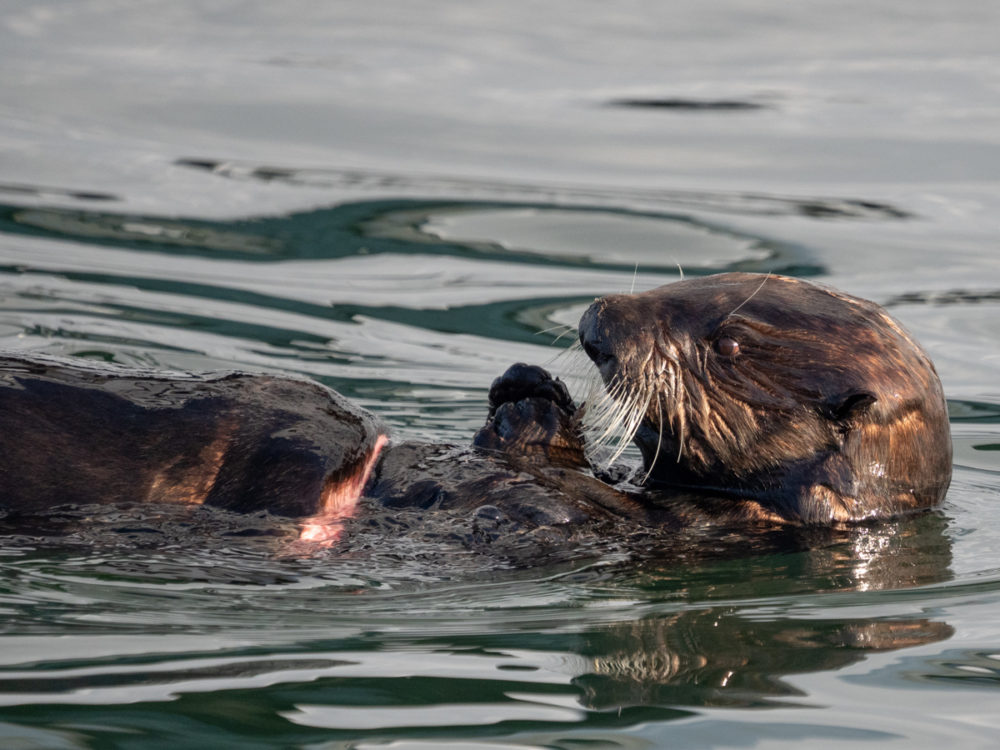
After scrutinizing some closeups in my LCD and viewfinder, it looked as though the pink could be the poor otter’s bare skin, possibly caused by something like fishing monofilament constricting and cutting her around the middle.
I called the Marine Mammal Center and reported what I saw. They said that people would be on the lookout for her in the area, and that she would be rescued if possible.
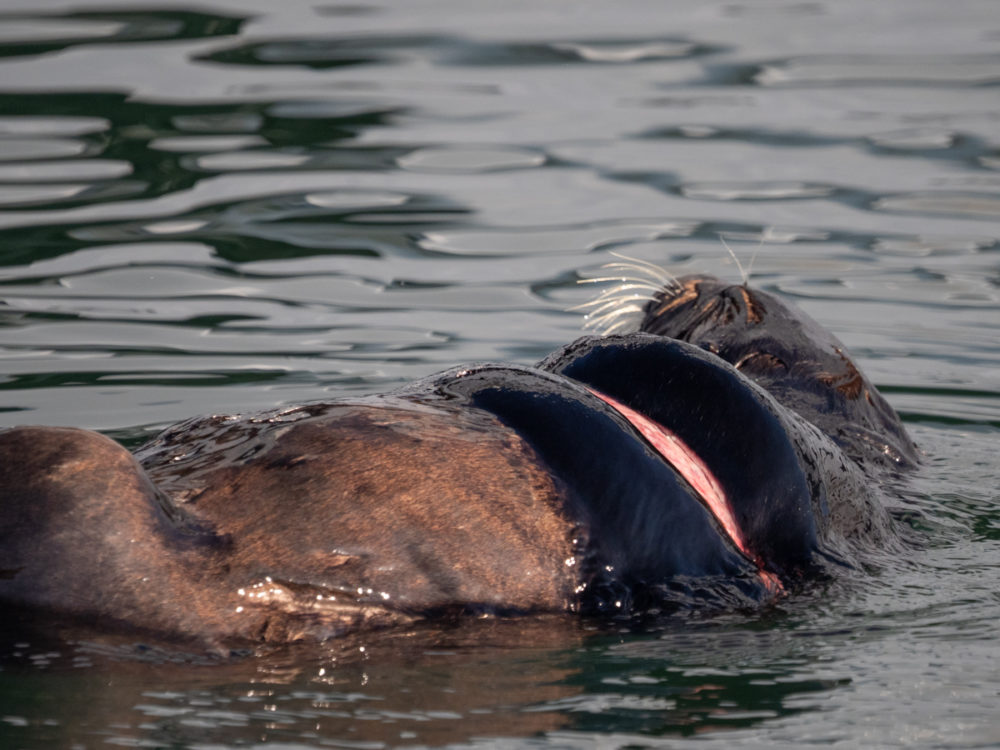
Fishing Line Entanglement
When I got home, I took a look at the full-sized images and could see what looked like a small section of fishing monofilament. I sent a few photos to Sea Otter Savvy, to see if they could confirm. They did.
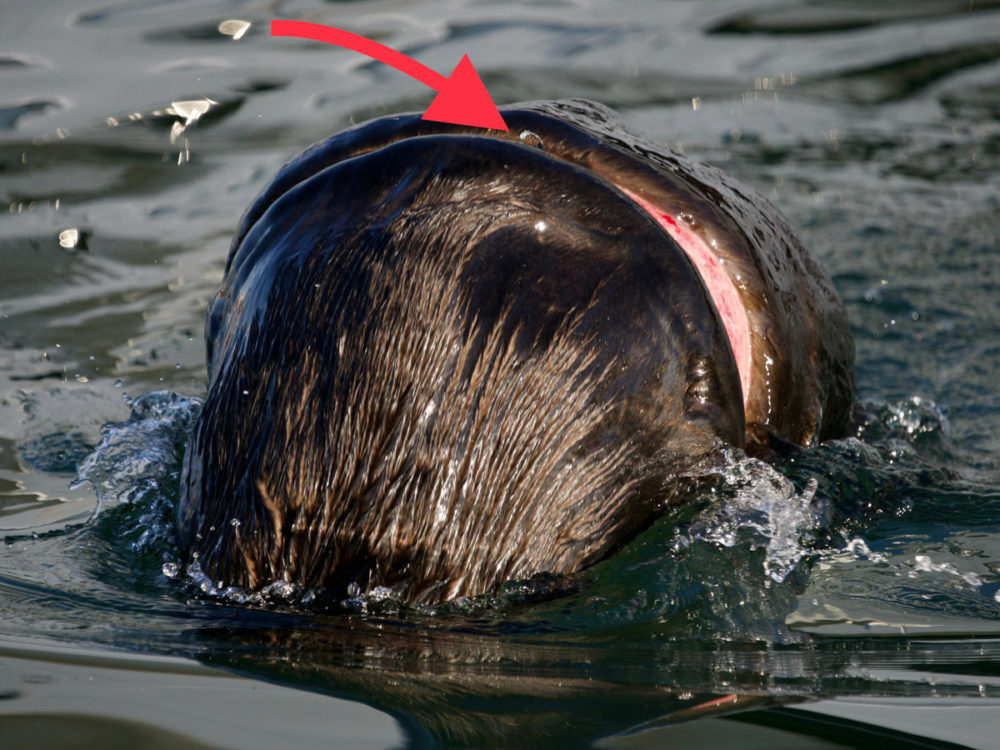
I then sent the images along with this map to the Marine Mammal Center, in case this sea otter might frequent the same areas, at the same time of day.
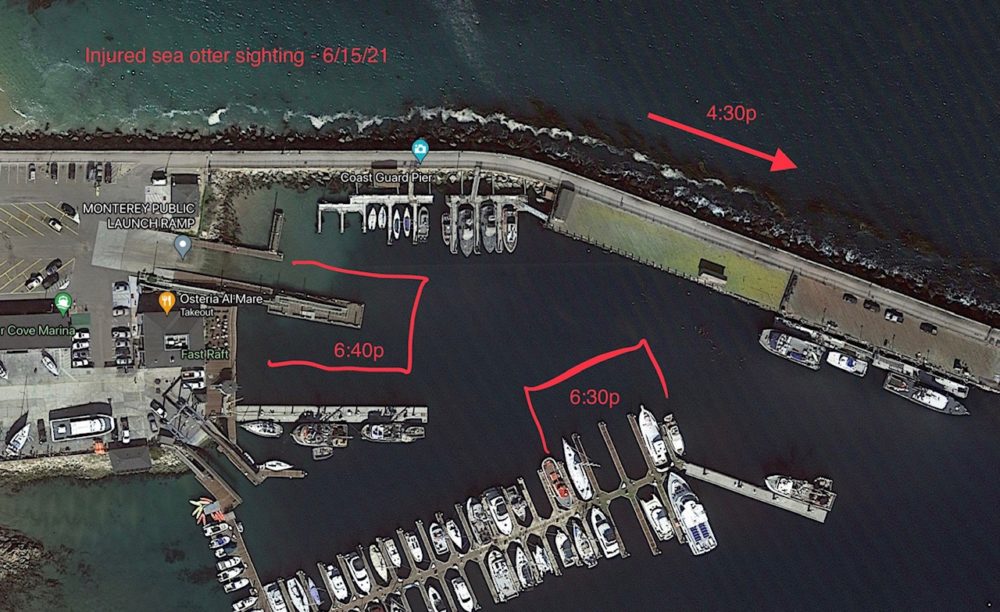
The Sea Otter Rescue
A few days later, I was amazed and relieved to learn that because of a diligent, multi-organizational effort, this injured sea otter had been located, captured, and transported to the Marine Mammal Center in Sausalito for medical assessment.
Because of Sea Otter Savvy, the Marine Mammal Center, Monterey Bay Aquarium, and CDFW, this sea otter has a chance at recovery and what I hope will be a robust and long life in Monterey Bay. She is a young female, and the Marine Mammal Center named her Agua.
Properly Dispose of Fishing Monofilament
Fishing line entanglement injuries are the ones I’ve seen most with wild animals in the field. Too often, an animal like a flighted bird can be difficult or impossible to capture, even when injured.
If you find fishing line or gear, please pick it up safely, and look for recycling bins, dispose of it in a closed trash receptacle to protect vulnerable, wild animals like Agua. We owe them that for all of the dangers we create.
If you see wildlife injured in Monterey County, where I photographed Agua, here are some rescue resources:
Support Wildlife Rescue Organizations
And, as always, please support the wildlife organizations and rehab facilities in your area who do this critical, life-saving work. Wild animals would have no recourse without the people devoting their careers and their volunteer hours to wildlife rehabilitation.

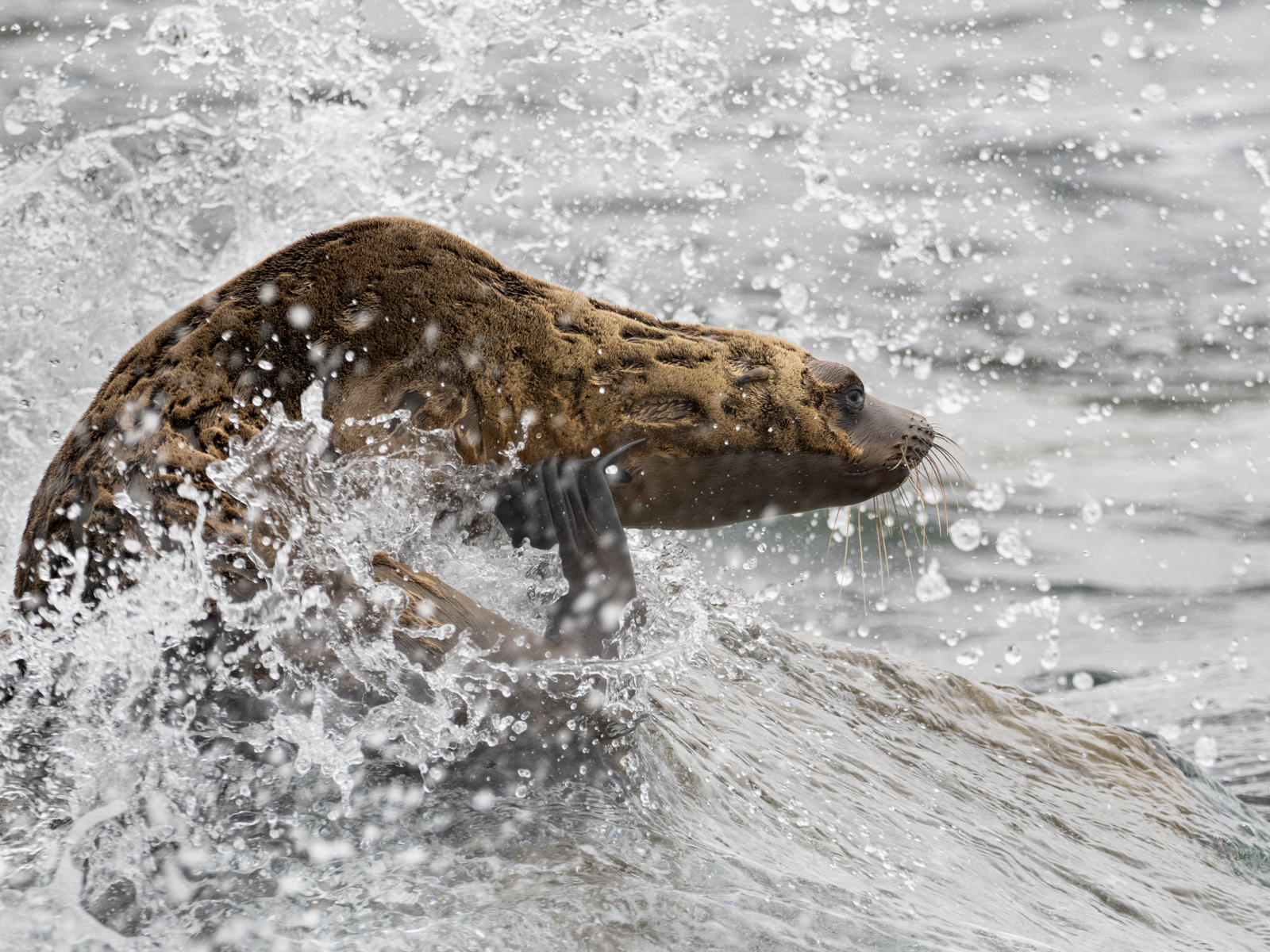
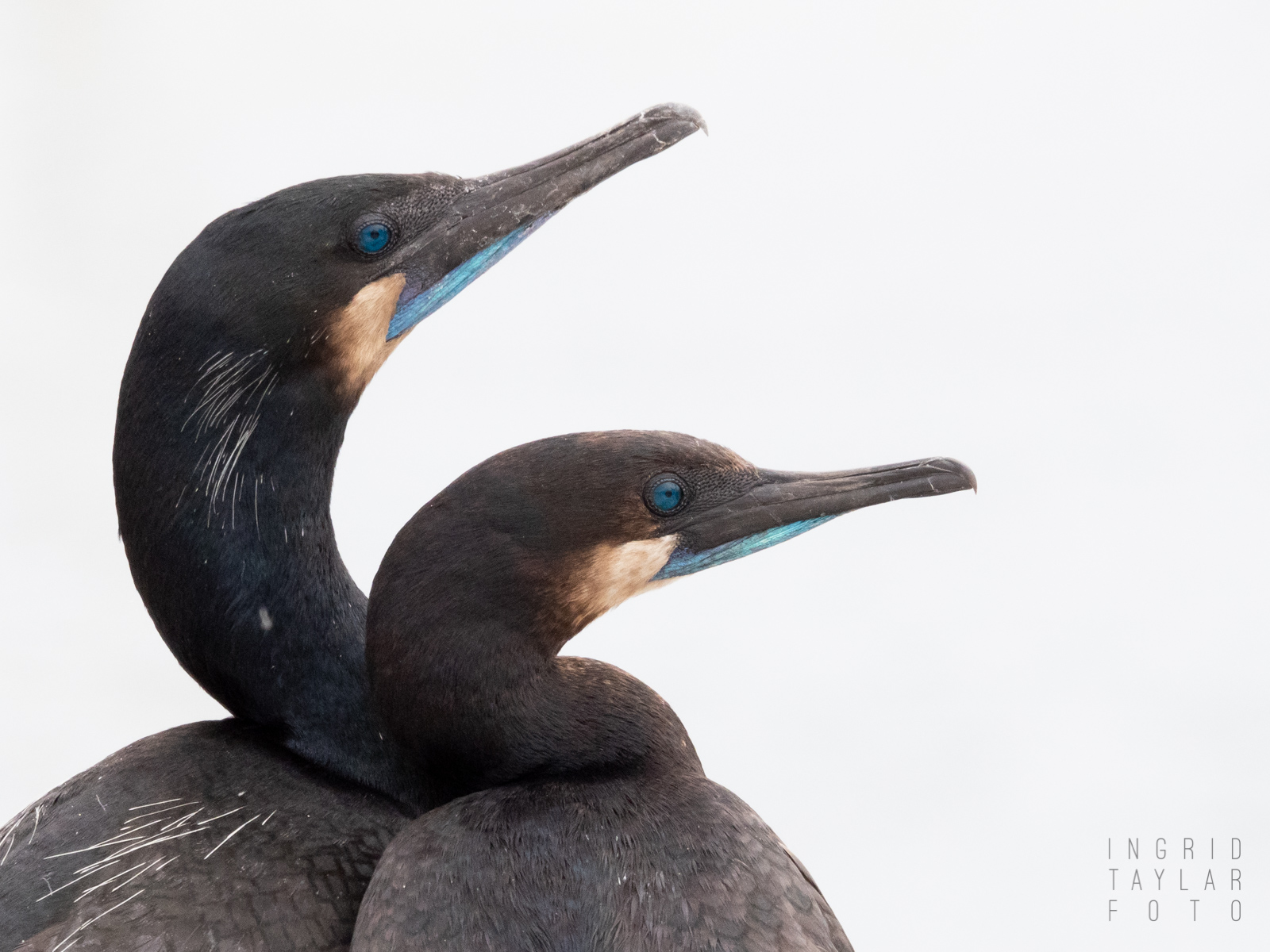
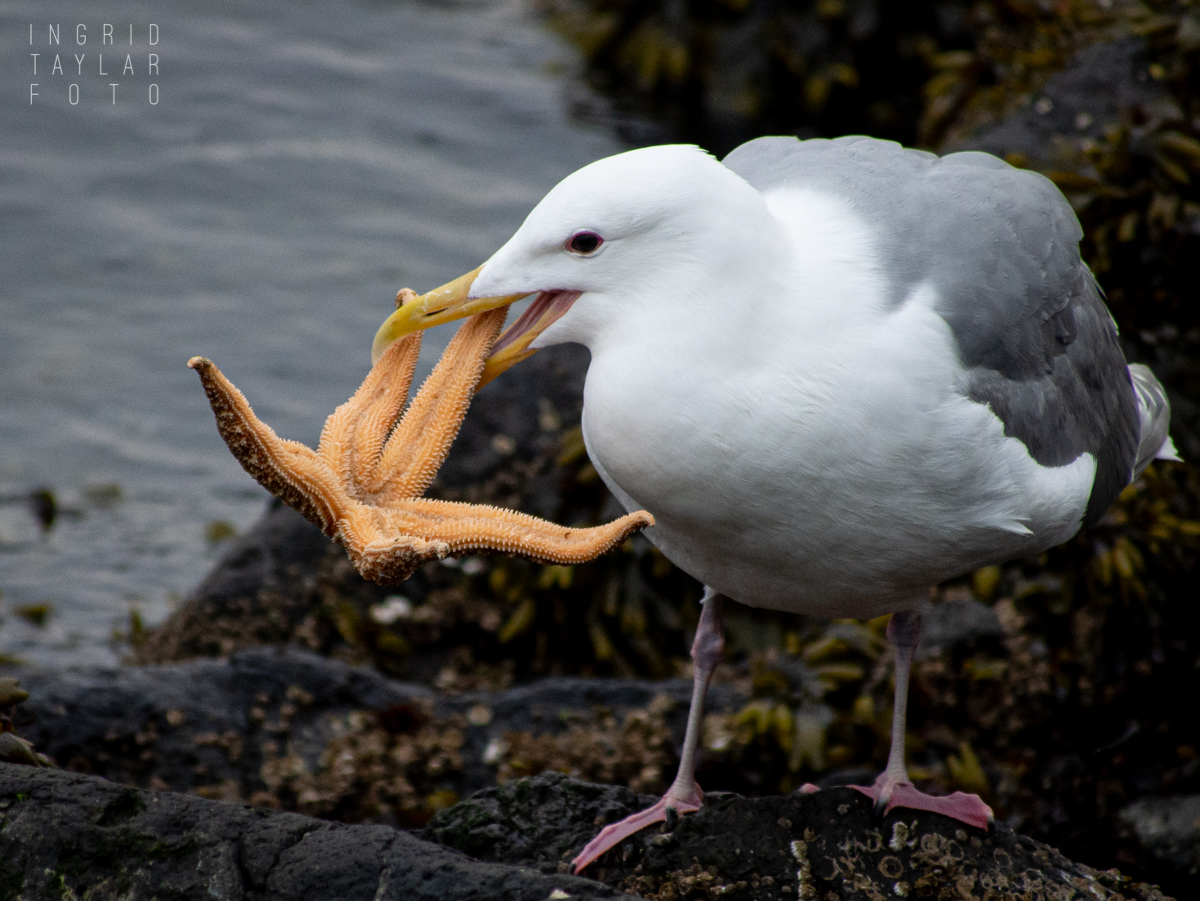
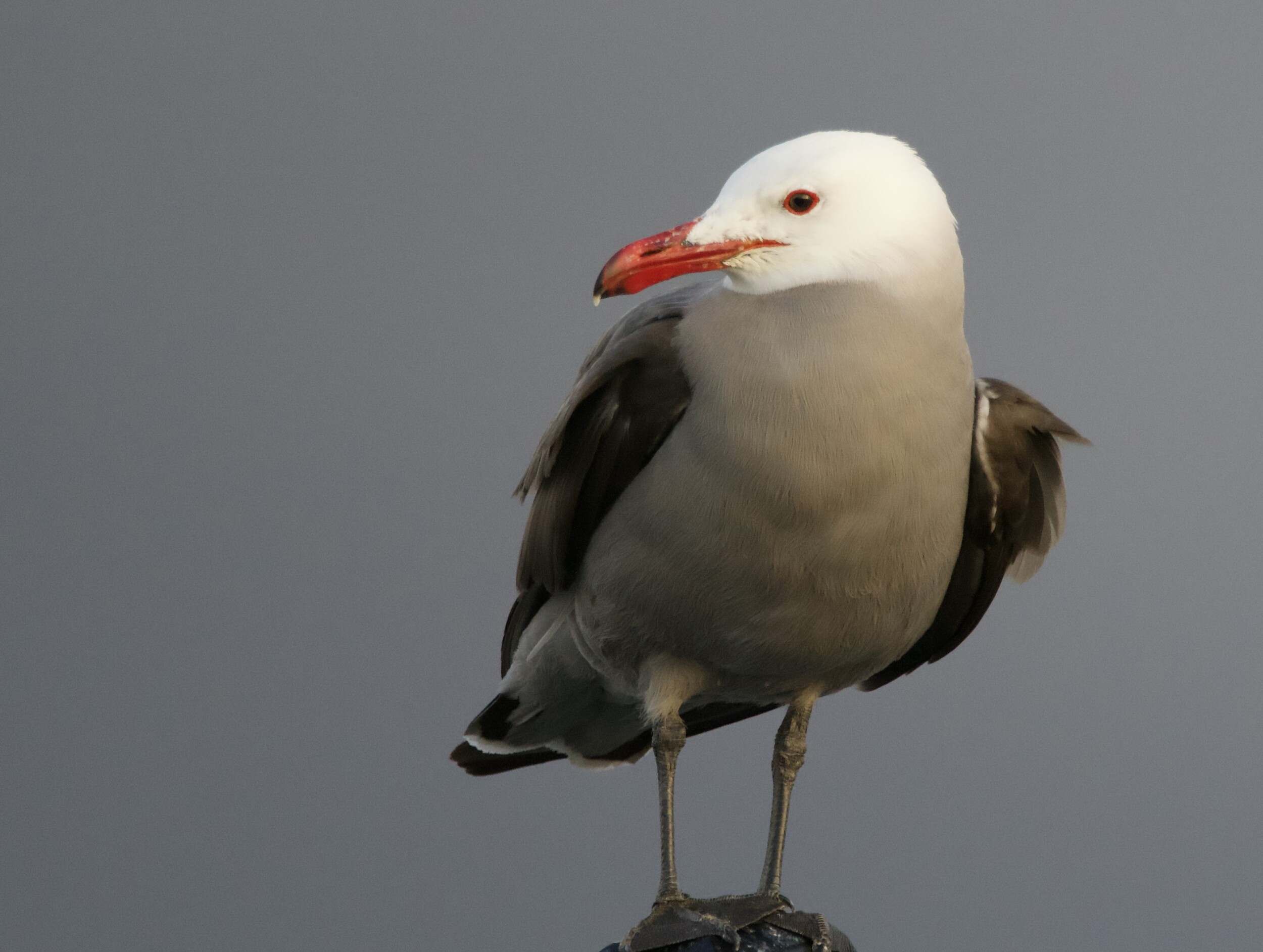
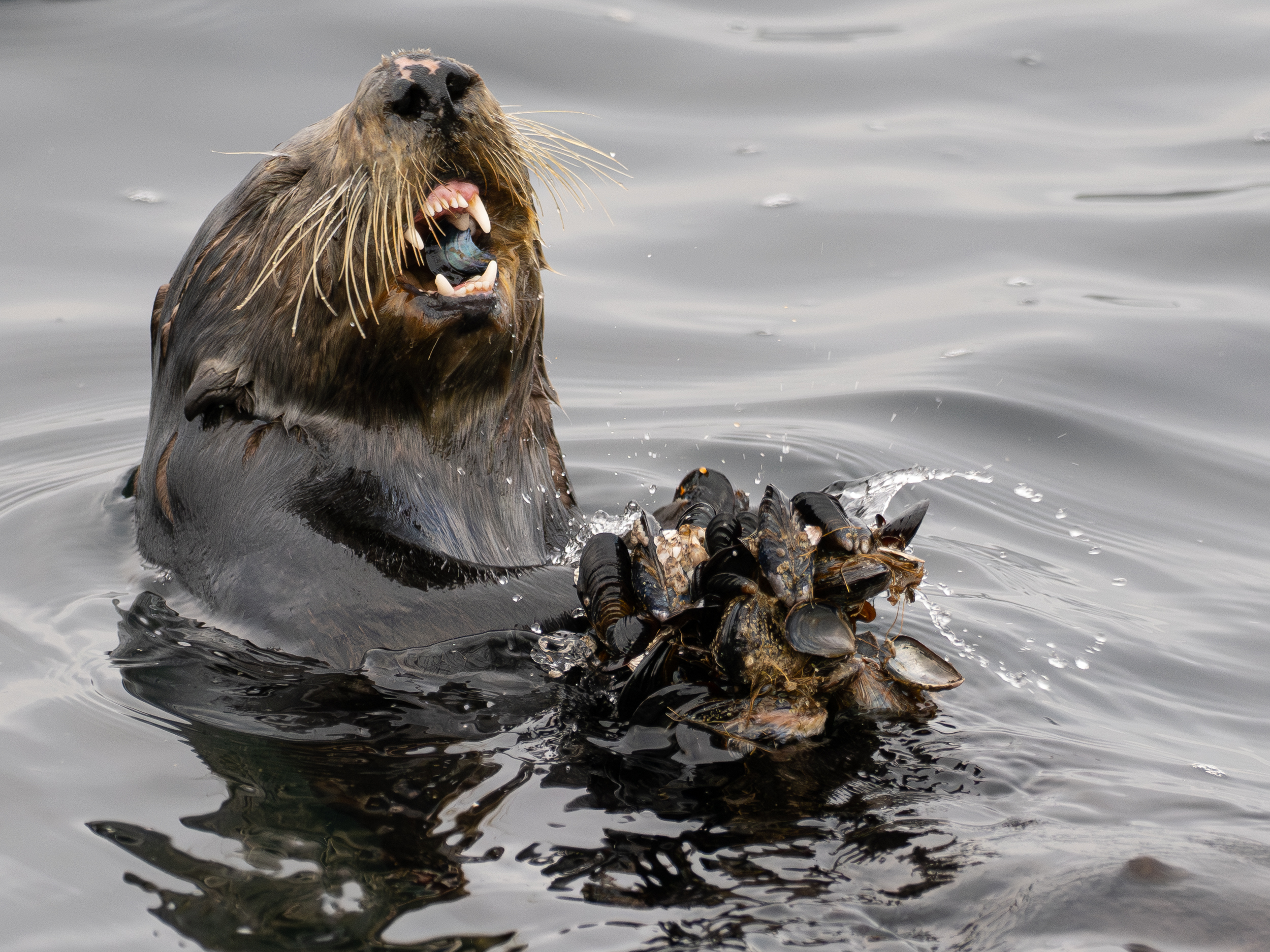
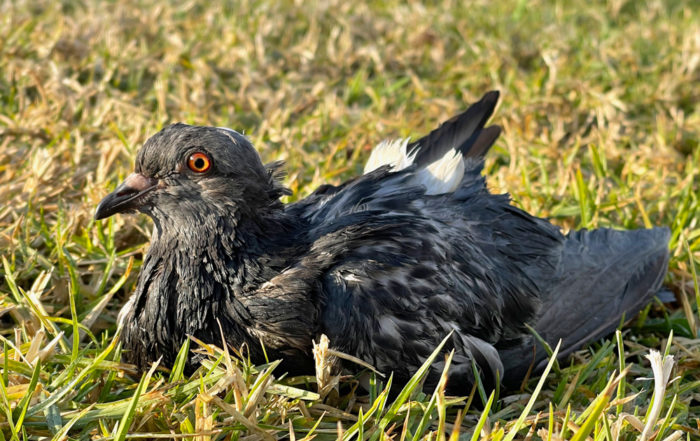
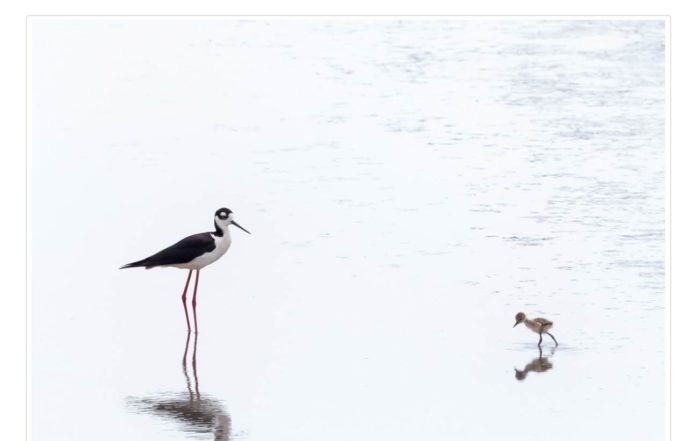
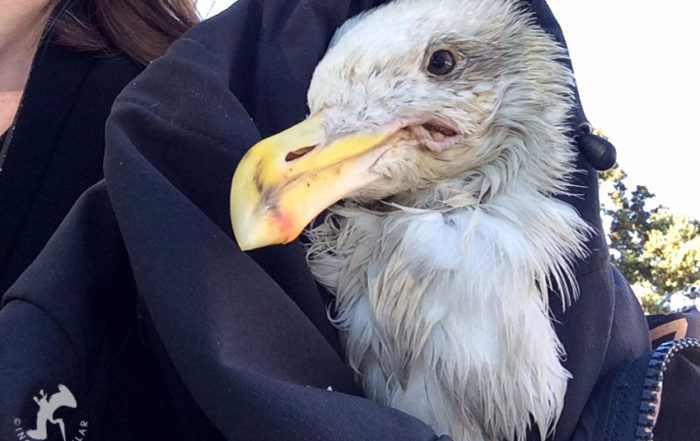
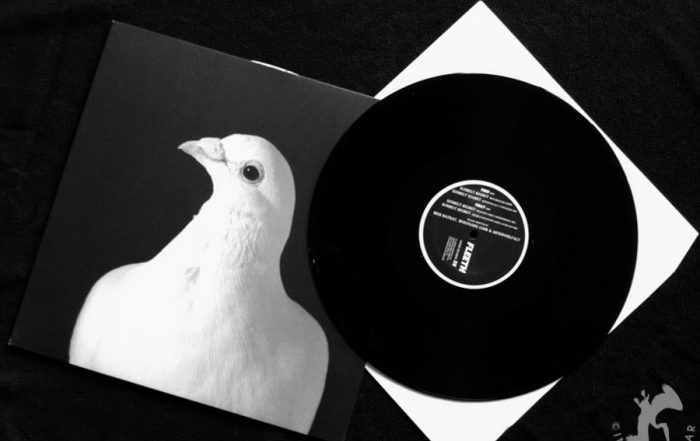
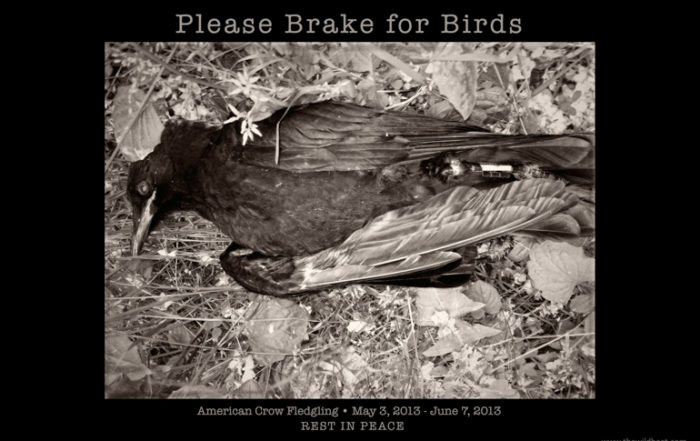
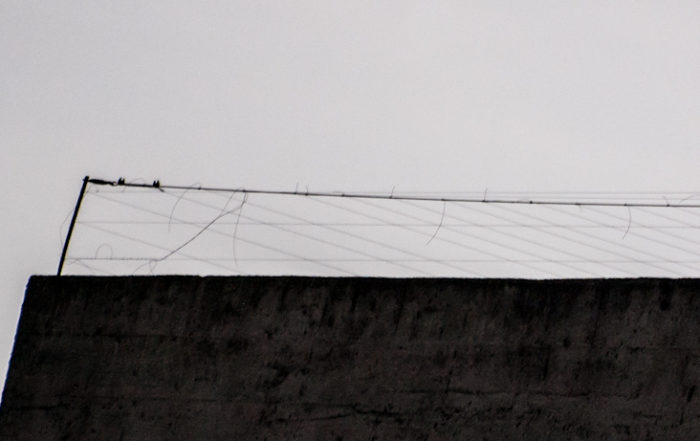
Leave A Comment